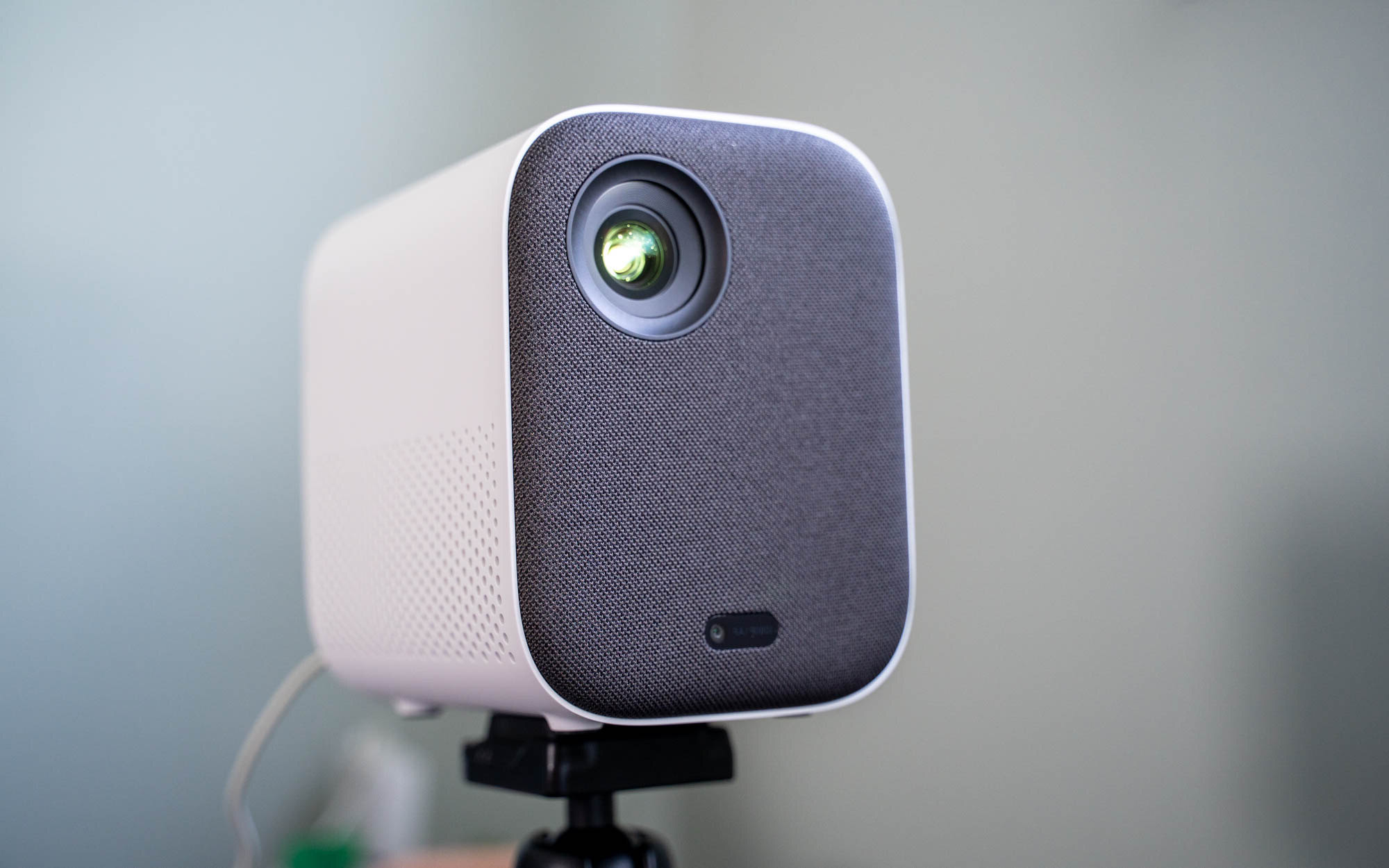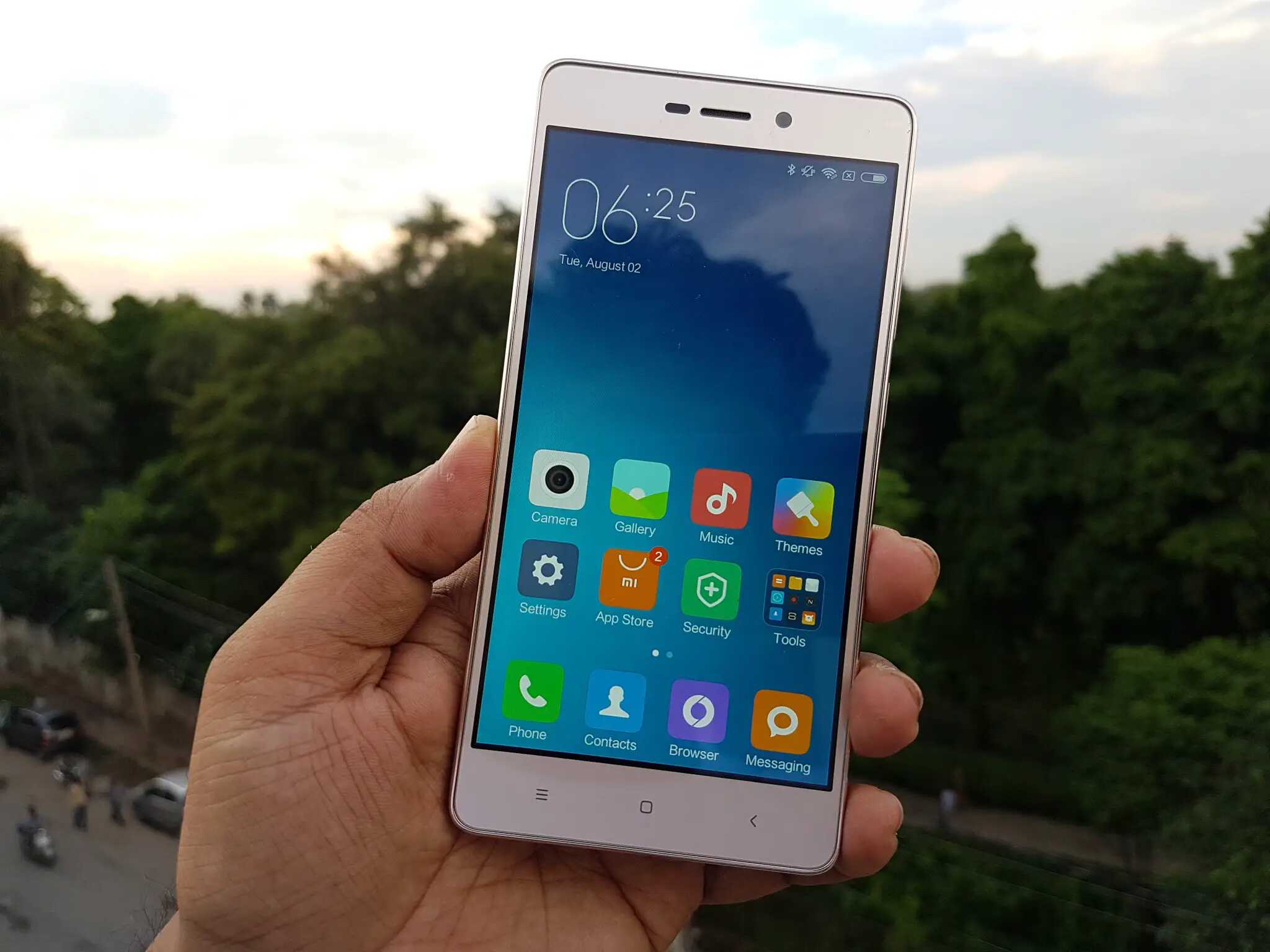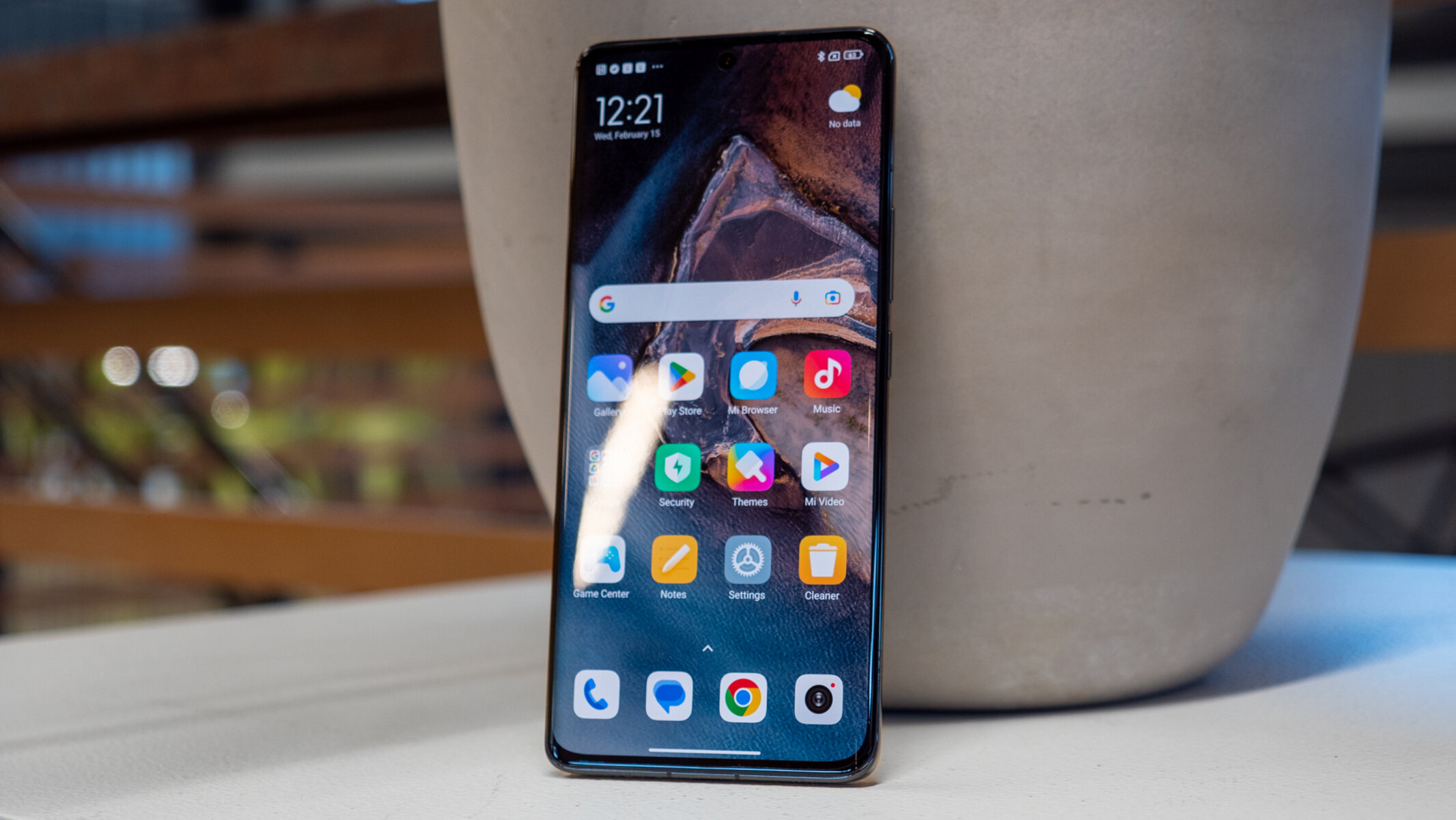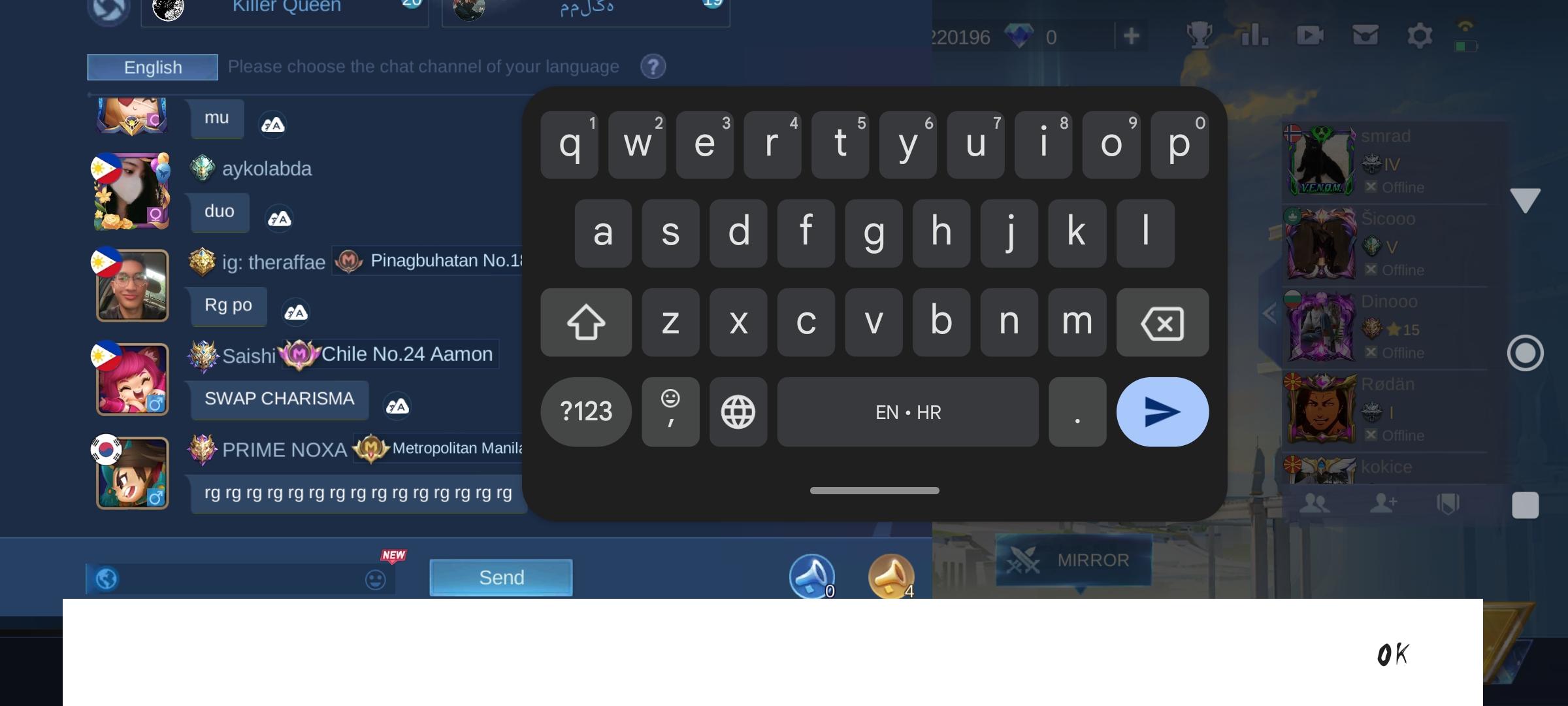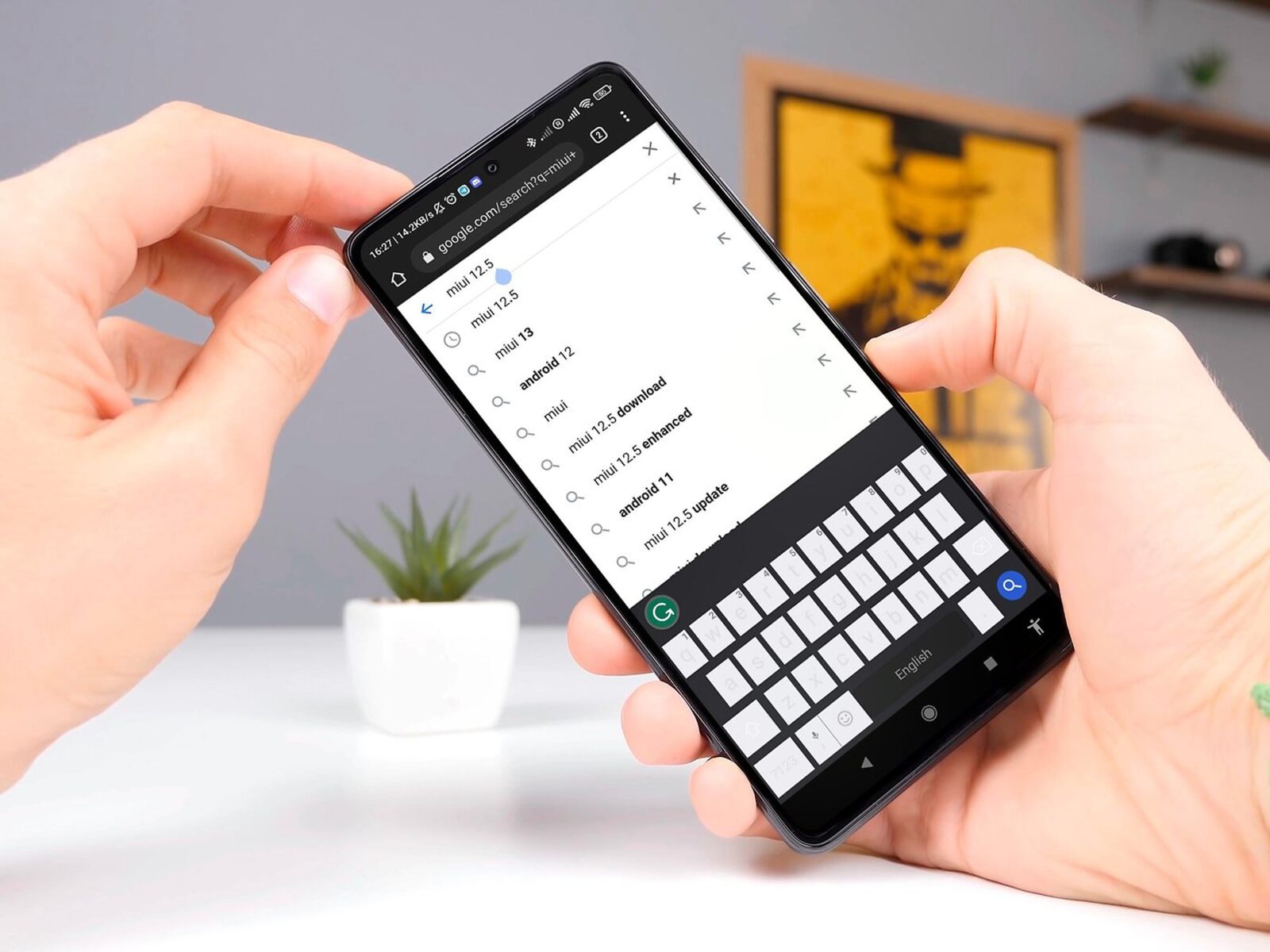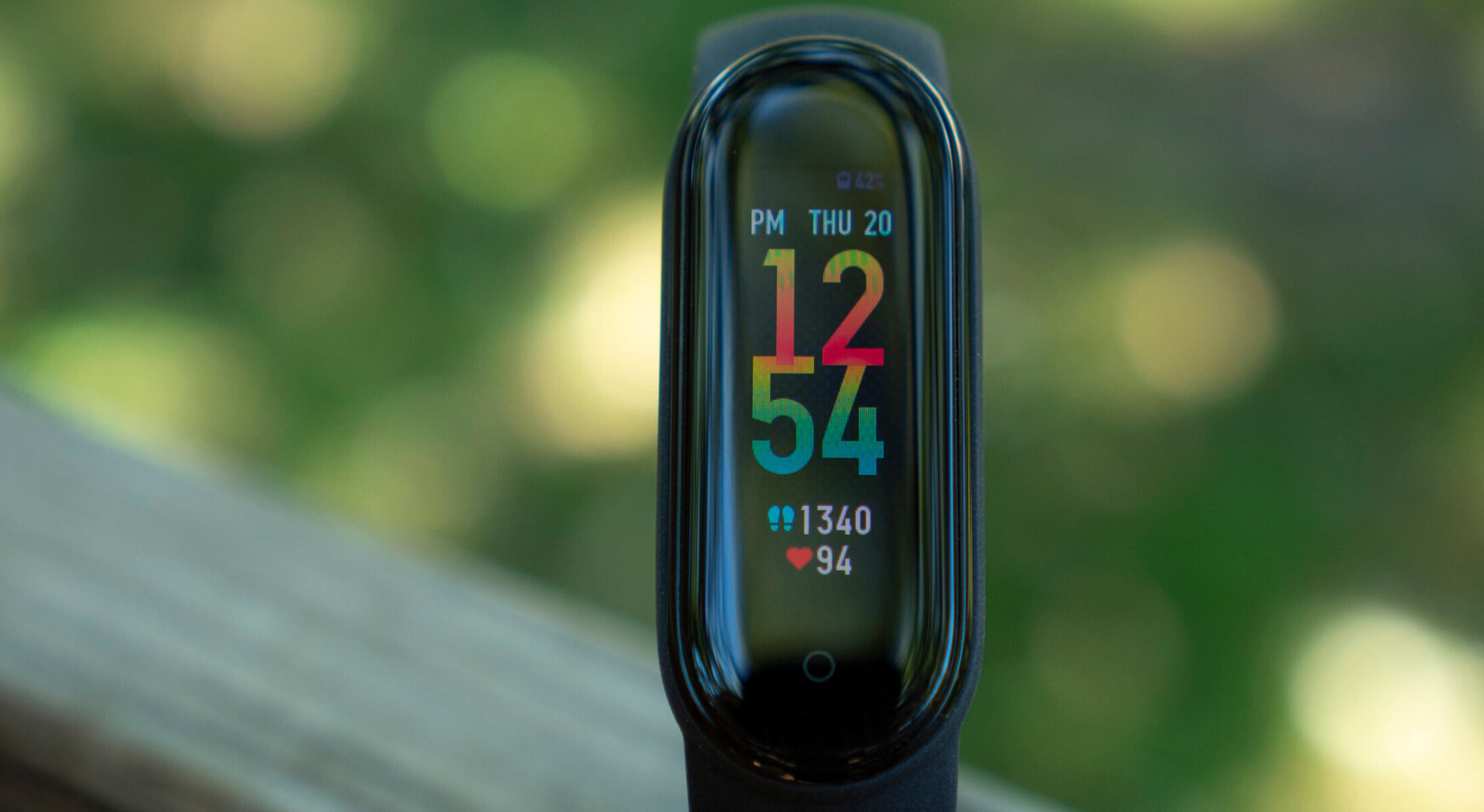Introduction
Navigating a smartphone is an essential aspect of the user experience. Xiaomi, known for its innovative mobile devices, offers a unique navigation system that can be customized to suit individual preferences. The navigation buttons, typically located at the bottom of the screen, play a crucial role in maneuvering through various apps and functions on Xiaomi devices. While the default navigation setup may work well for many users, some individuals may prefer a different configuration to enhance their interaction with the device.
In this article, we will delve into the world of Xiaomi navigation buttons and explore the process of modifying them to better align with your personal usage habits. Whether you're looking to streamline your navigation experience, increase efficiency, or simply experiment with new configurations, understanding the intricacies of Xiaomi's navigation system is the first step towards achieving a tailored and optimized user interface.
By gaining insights into the functionality and customization options available for Xiaomi navigation buttons, you can take control of your device's navigation experience and make it uniquely yours. Join us as we embark on a journey to uncover the potential for personalization and optimization within the realm of Xiaomi's navigation buttons.
Understanding Xiaomi Navigation Buttons
Xiaomi devices typically feature on-screen navigation buttons that facilitate user interaction with the device's interface. These navigation buttons are essential for tasks such as returning to the home screen, accessing recent apps, and navigating backward within applications. Understanding the functionality and layout of these navigation buttons is crucial for effectively customizing and optimizing the user experience.
Default Navigation Buttons Configuration
By default, Xiaomi devices commonly employ a standard set of navigation buttons, including the back button, home button, and recent apps button. The back button allows users to navigate to the previous screen or step within an app, while the home button serves as a quick means of returning to the device's home screen. The recent apps button enables users to view and switch between their most recently used applications.
Navigation Gestures
In addition to traditional navigation buttons, Xiaomi devices also offer navigation gestures as an alternative means of interaction. These gestures allow users to perform navigation actions by swiping or tapping on specific areas of the screen, providing a more immersive and intuitive experience.
Customization Options
Xiaomi devices often provide users with the flexibility to customize the navigation buttons according to their preferences. This customization may include the ability to rearrange the order of the navigation buttons, adjust the sensitivity of navigation gestures, or even hide certain buttons to maximize screen real estate.
Integration with MIUI
Xiaomi's proprietary user interface, MIUI, plays a significant role in shaping the navigation experience on Xiaomi devices. The integration of navigation buttons within the broader MIUI ecosystem ensures a cohesive and seamless user interface, where navigation elements harmoniously complement the overall design and functionality of the operating system.
User Experience Considerations
Understanding how users interact with navigation buttons is essential for optimizing the overall user experience. Factors such as button placement, responsiveness, and visual feedback contribute to the usability and effectiveness of the navigation system, influencing user satisfaction and efficiency.
By comprehensively grasping the nuances of Xiaomi navigation buttons, users can make informed decisions when customizing their device's navigation setup. This understanding forms the foundation for exploring the possibilities of modifying and enhancing the navigation experience on Xiaomi devices.
This comprehensive understanding of Xiaomi navigation buttons sets the stage for the subsequent exploration of modifying these essential elements to better align with individual preferences and usage habits.
Modifying the Navigation Buttons
Modifying the navigation buttons on Xiaomi devices offers a gateway to personalizing the user experience and tailoring the device's interface to individual preferences. Whether you seek to optimize efficiency, experiment with alternative navigation configurations, or simply refresh the look and feel of your device, the process of modifying navigation buttons can be both empowering and transformative.
Customization Options
Xiaomi devices often provide a range of customization options for modifying navigation buttons. Users can access these options through the device settings, typically under the "Additional Settings" or "Display" sections. One common customization feature allows users to rearrange the order of the navigation buttons, providing the flexibility to prioritize certain actions based on personal usage habits. This simple yet impactful modification can streamline navigation and enhance user convenience.
Navigation Gestures
In addition to traditional button-based navigation, Xiaomi devices offer navigation gestures as an alternative means of interaction. Users can explore and enable navigation gestures through the device settings, where they can experiment with swiping and tapping gestures to perform actions such as returning to the home screen, accessing recent apps, and navigating backward within applications. Embracing navigation gestures can introduce a new dimension of fluidity and intuitiveness to the navigation experience.
Third-Party Customization Tools
For users seeking more advanced customization options, third-party apps and tools can provide additional avenues for modifying navigation buttons on Xiaomi devices. These tools often offer extensive features, such as the ability to create custom gestures, adjust gesture sensitivity, or even design entirely new navigation layouts. While venturing into third-party customization requires careful consideration and research, it can unlock a wealth of possibilities for tailoring the navigation experience to precise specifications.
Accessibility Considerations
When modifying navigation buttons, it's essential to consider accessibility and usability. Customizations should aim to enhance the user experience without compromising ease of use or creating confusion. Xiaomi devices typically incorporate accessibility features that ensure modified navigation setups remain intuitive and inclusive for all users, regardless of their interaction preferences or accessibility needs.
By embracing the process of modifying navigation buttons on Xiaomi devices, users can embark on a journey of personalization and optimization, crafting a navigation experience that seamlessly aligns with their unique usage habits and preferences. This exploration of customization options and third-party tools empowers users to transform their device's interface into a tailored and intuitive environment, reflecting their individuality and enhancing their overall smartphone experience.
Testing the Modifications
After making modifications to the navigation buttons on your Xiaomi device, it's crucial to thoroughly test the changes to ensure they align with your intended goals and enhance the overall user experience. Testing serves as a pivotal phase in the customization process, allowing you to validate the effectiveness of the modifications and make any necessary adjustments.
User Experience Evaluation
The first step in testing the modifications involves evaluating the user experience. Take the time to interact with the modified navigation buttons in various scenarios, such as navigating through apps, multitasking, and returning to the home screen. Pay close attention to the responsiveness of the buttons or gestures, the intuitiveness of the navigation flow, and any visual feedback provided during interactions.
Efficiency and Convenience
Assess the impact of the modifications on the efficiency and convenience of navigating your Xiaomi device. Consider whether the rearranged or customized navigation buttons streamline common tasks and align with your usage habits. Evaluate the ease of accessing essential functions and the overall fluidity of the navigation experience.
Adaptation Period
Allow for an adaptation period to acclimate to the modified navigation setup. It's natural to experience a brief adjustment phase as you become accustomed to the changes. During this period, take note of any challenges or areas where the modifications may require fine-tuning to better integrate with your daily usage patterns.
Accessibility and Inclusivity
Test the modified navigation buttons from an accessibility standpoint to ensure they remain inclusive and intuitive for all users. Consider how the modifications may impact individuals with diverse interaction preferences or accessibility needs. Verify that the customized navigation setup maintains a high level of usability and does not create barriers for any users.
Feedback and Iteration
Seek feedback from your own experience and, if applicable, from other users who interact with the modified navigation buttons. Pay attention to any recurring challenges or areas of improvement that emerge during testing. Use this feedback to iterate on the modifications, making refinements that further enhance the navigation experience and address any identified usability concerns.
By diligently testing the modifications made to the navigation buttons on your Xiaomi device, you can gain valuable insights into their impact on the user experience. This testing phase serves as a pivotal opportunity to refine and optimize the customized navigation setup, ensuring that it seamlessly aligns with your preferences and elevates the overall usability of your device.
Conclusion
In conclusion, the realm of Xiaomi navigation buttons offers a rich landscape of customization and personalization, empowering users to tailor their device's interface to align with their unique usage habits and preferences. By understanding the intricacies of Xiaomi's navigation system, users can embark on a journey of exploration and modification, unlocking the potential for a truly personalized and optimized navigation experience.
The process of modifying Xiaomi navigation buttons encompasses a range of options, from rearranging the order of traditional navigation buttons to embracing intuitive navigation gestures. These customization avenues provide users with the flexibility to streamline their interaction with the device, enhance efficiency, and experiment with alternative navigation configurations. Furthermore, the integration of third-party customization tools introduces a world of advanced possibilities, allowing users to craft bespoke navigation setups that cater to their precise specifications.
Testing the modifications serves as a crucial phase in the customization process, enabling users to evaluate the impact of the changes on the overall user experience, efficiency, and inclusivity. Through thorough testing and adaptation, users can refine their modified navigation setup, ensuring that it seamlessly aligns with their daily usage patterns and remains accessible to all individuals, regardless of their interaction preferences or accessibility needs.
Ultimately, the journey of modifying Xiaomi navigation buttons transcends mere customization; it represents a profound opportunity for users to imprint their individuality onto their device's interface, creating a navigation experience that resonates with their unique identity and enhances their overall smartphone interaction. By embracing the process of modification and testing, users can unlock the full potential of Xiaomi navigation buttons, transforming them from standard elements into personalized tools that elevate the usability and enjoyment of their device.
As users continue to explore the possibilities of modifying Xiaomi navigation buttons, they embark on a dynamic journey of self-expression and optimization, shaping their device's interface to reflect their distinct preferences and interaction style. This journey underscores the power of customization in fostering a deeply personalized and engaging user experience, where every interaction with the device becomes a seamless reflection of individuality and usability.










